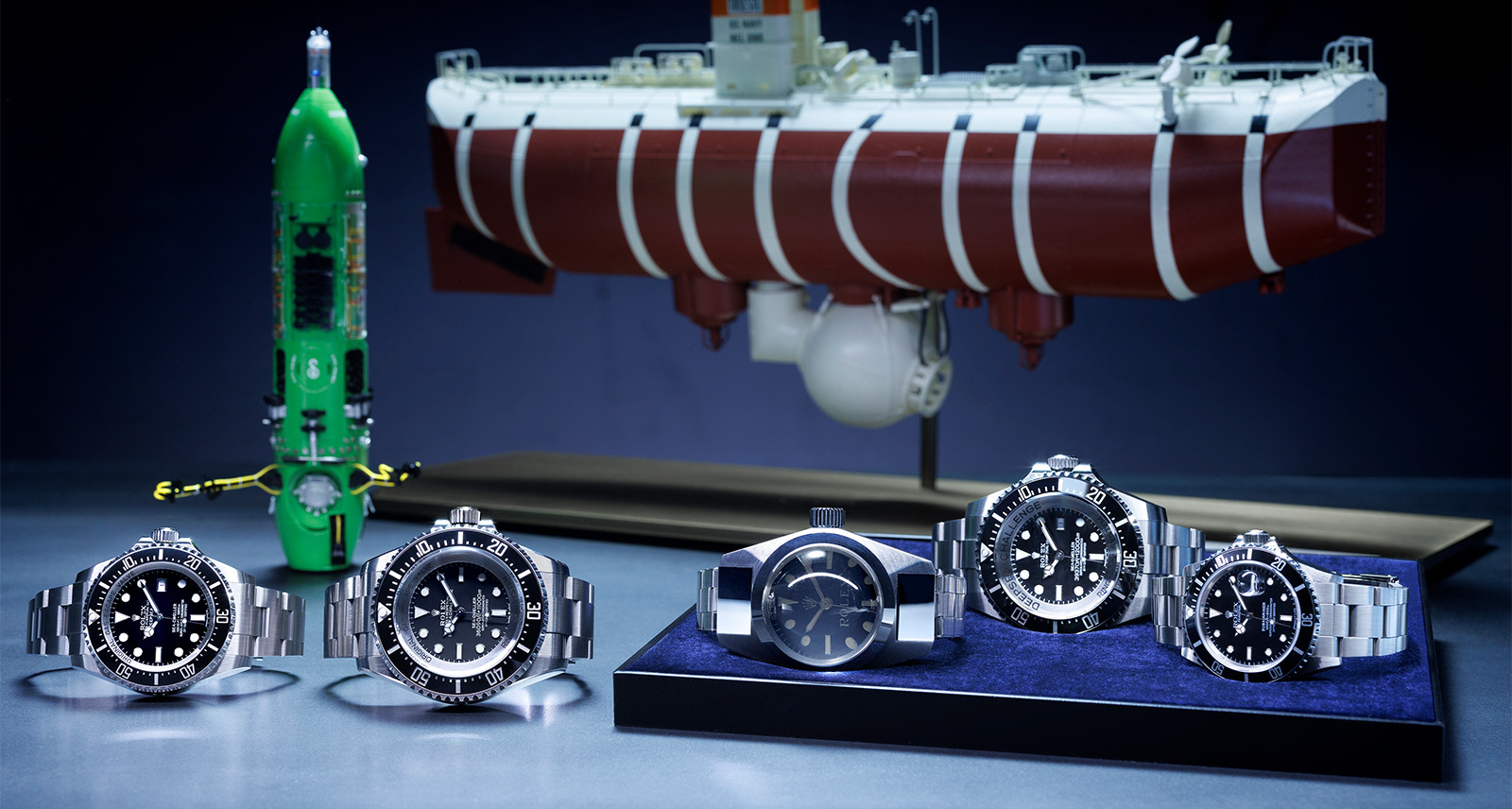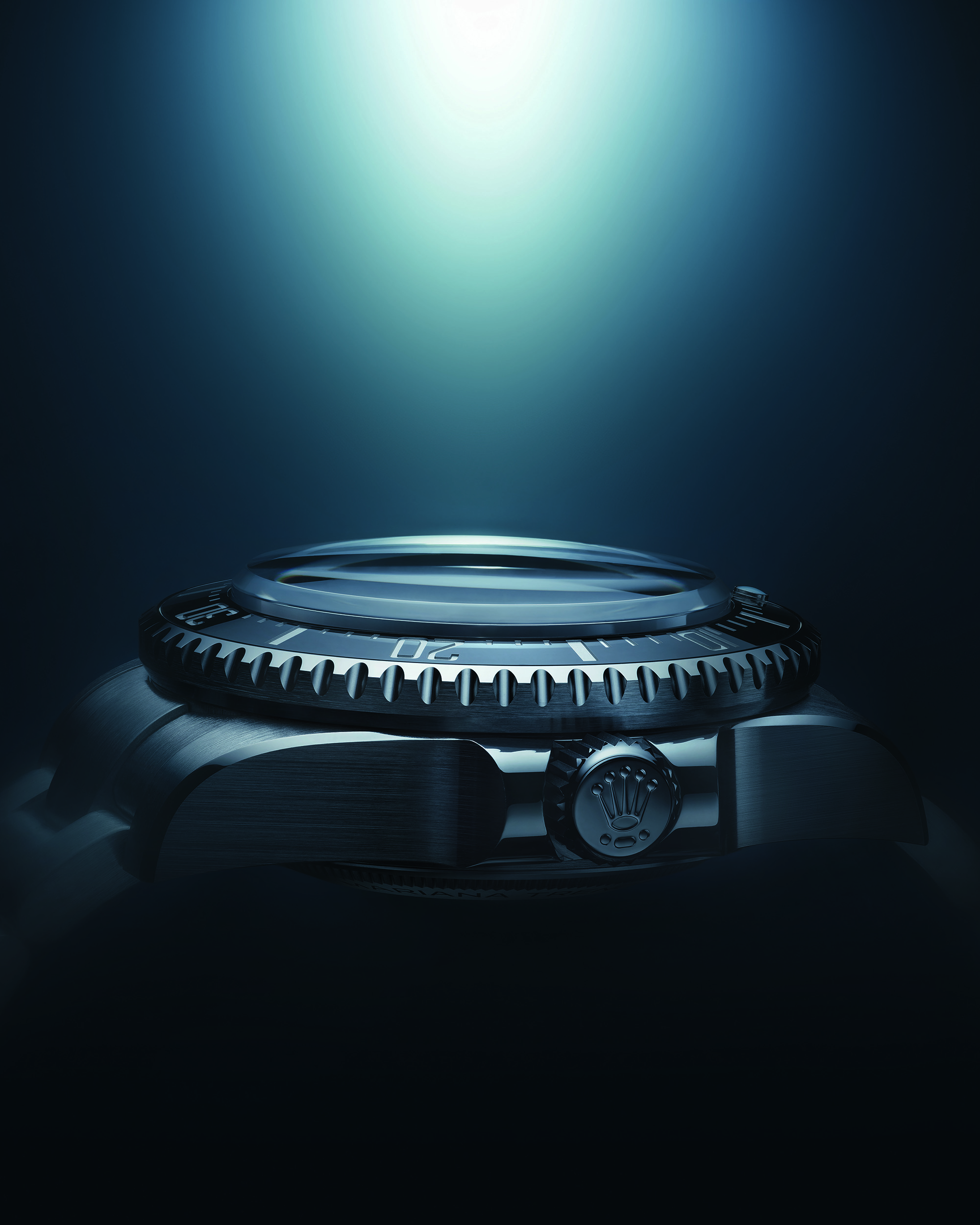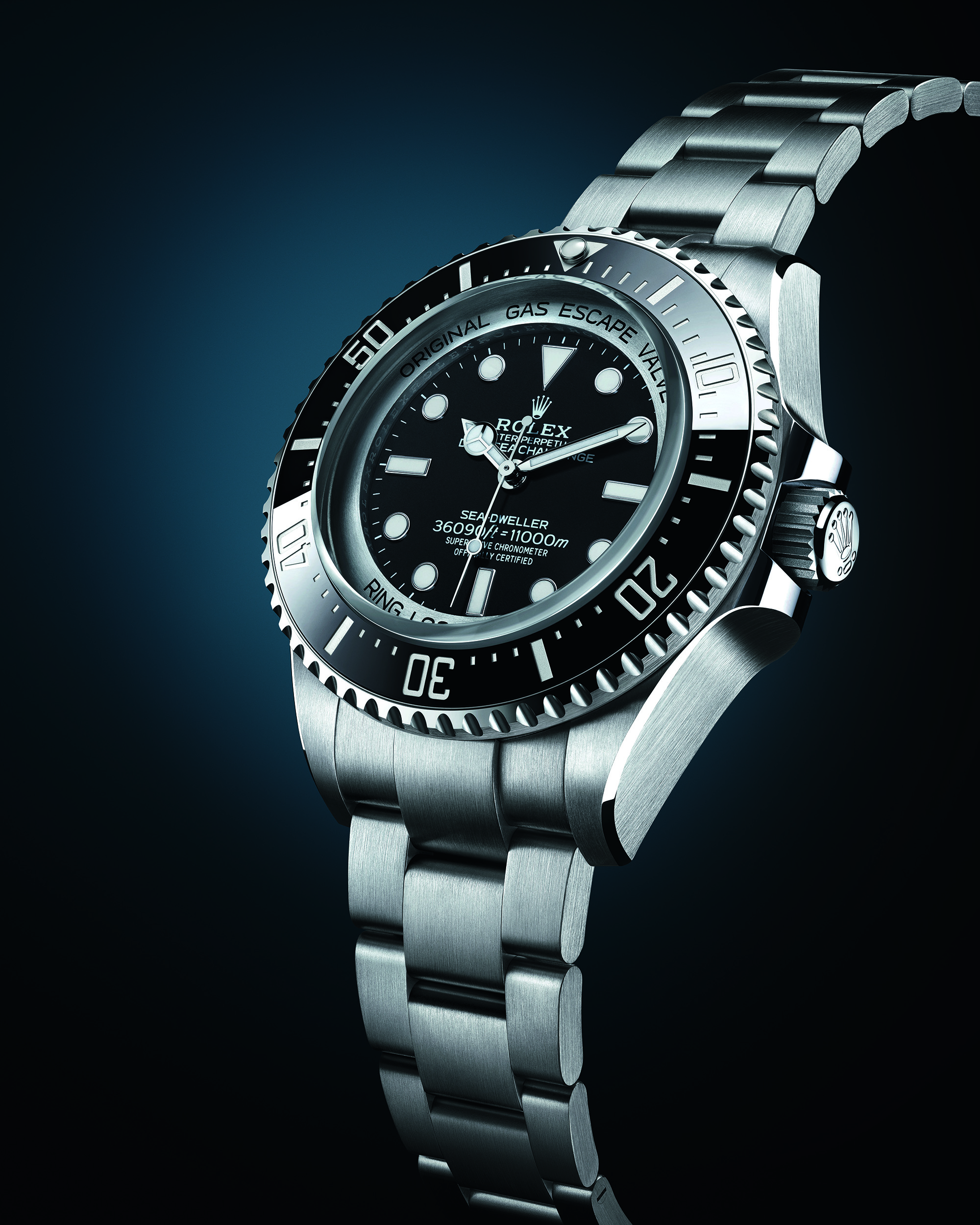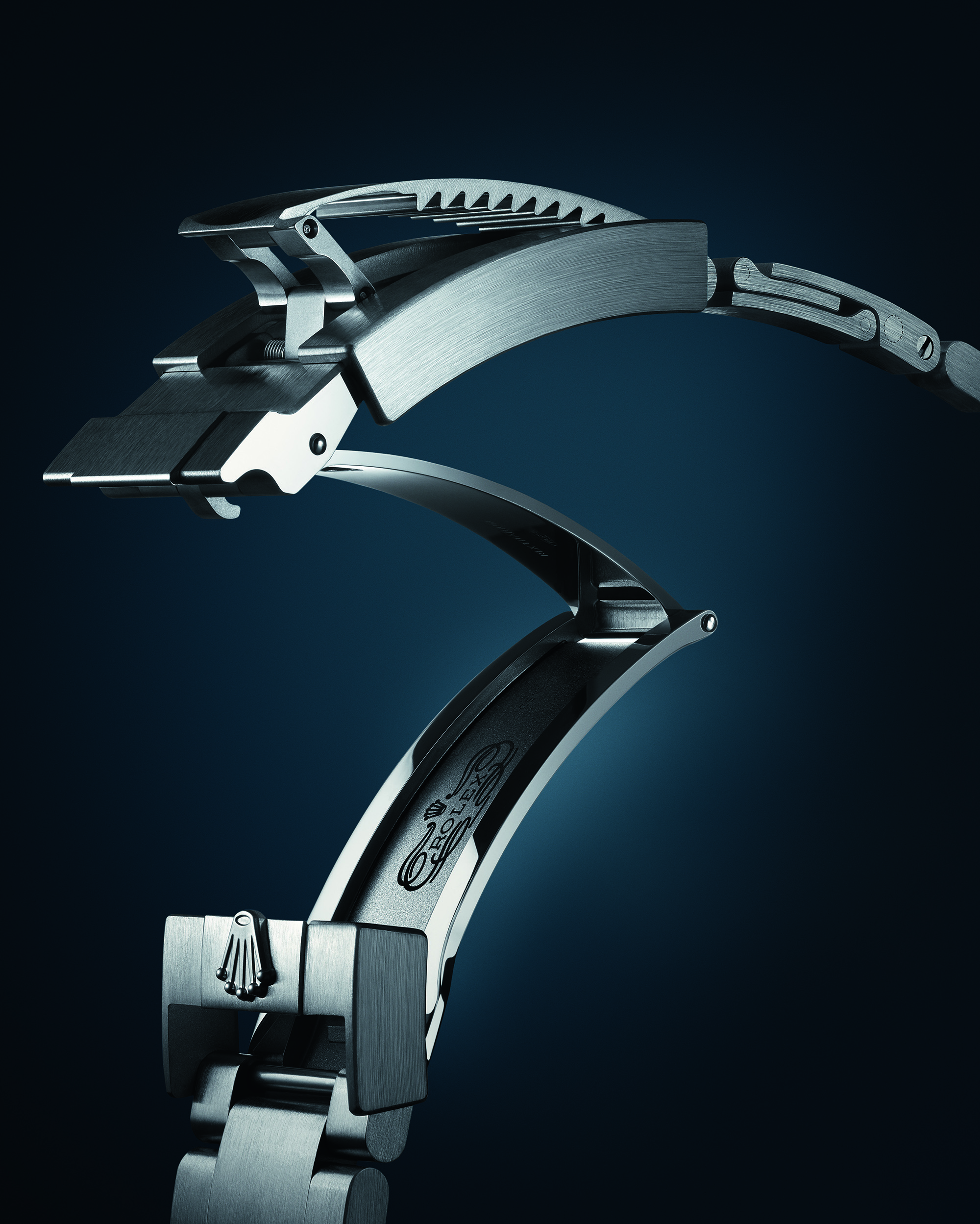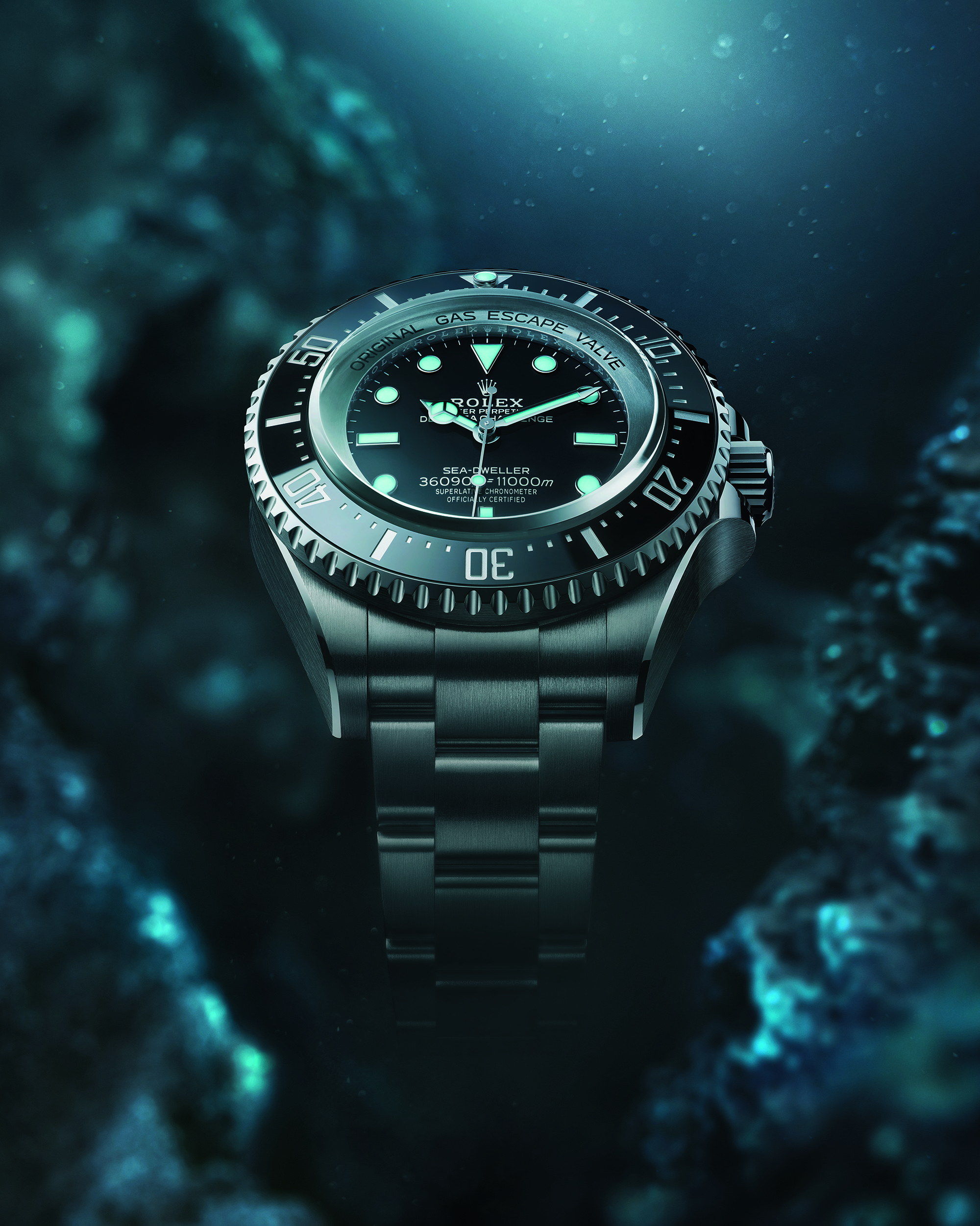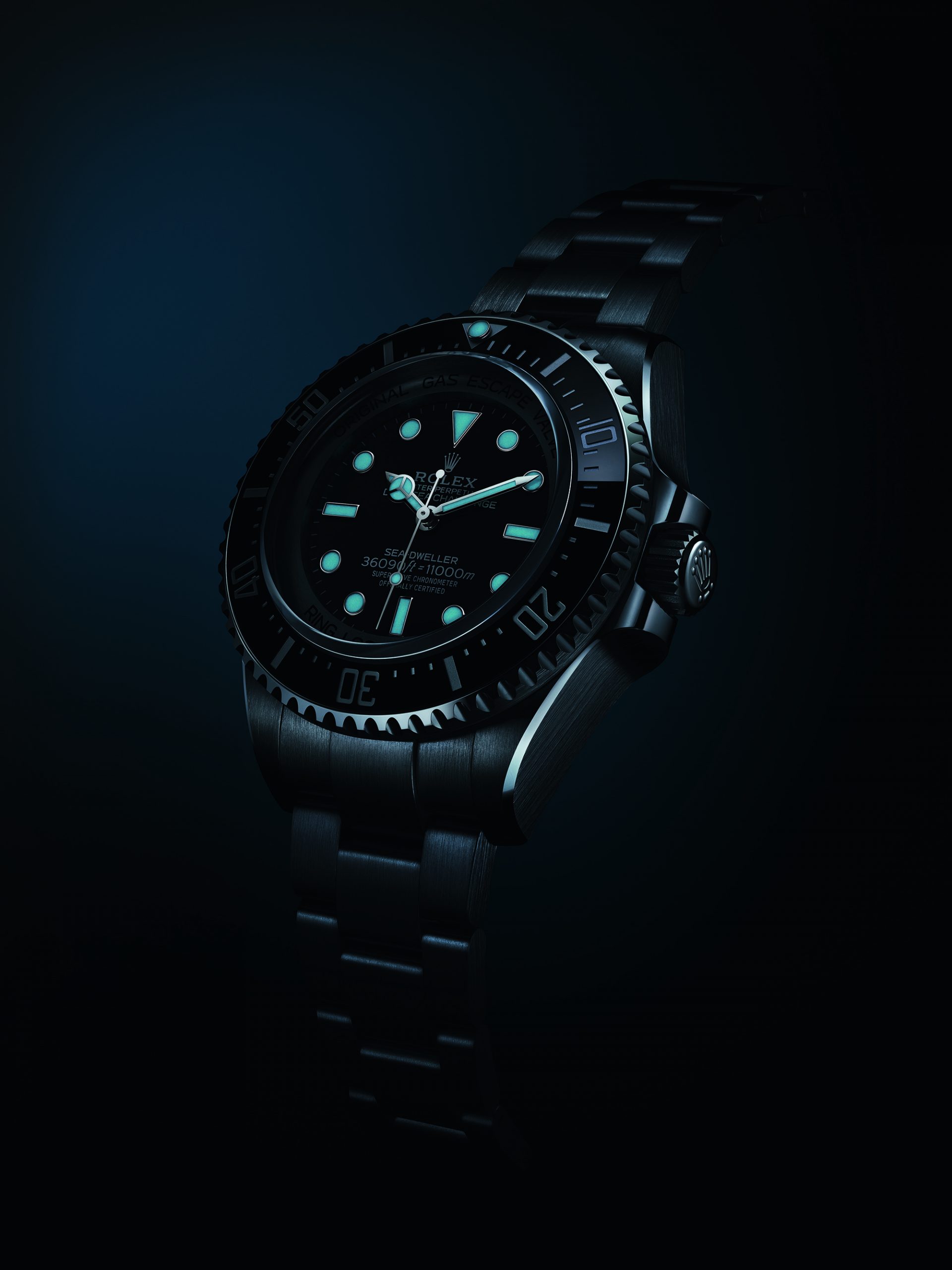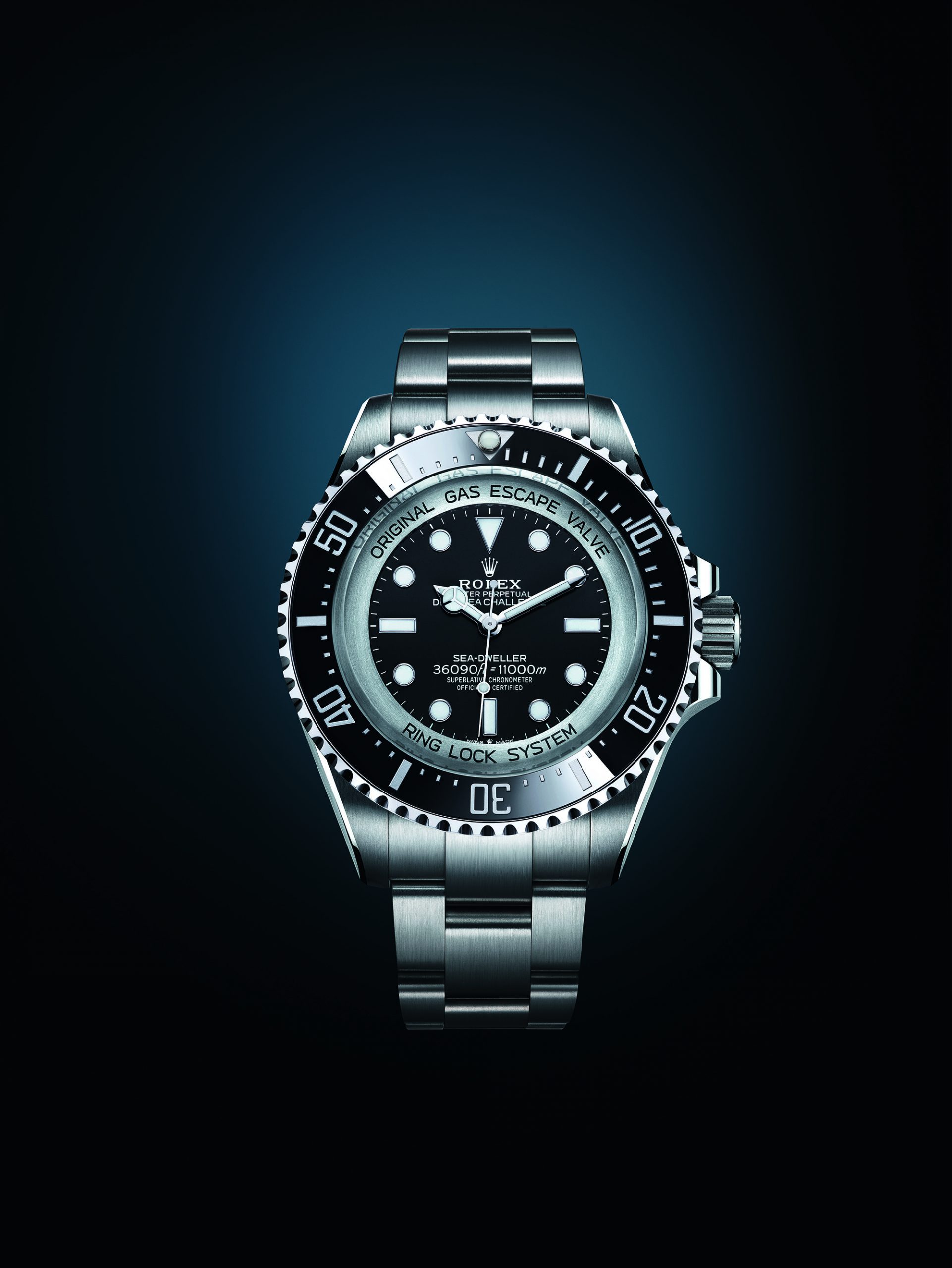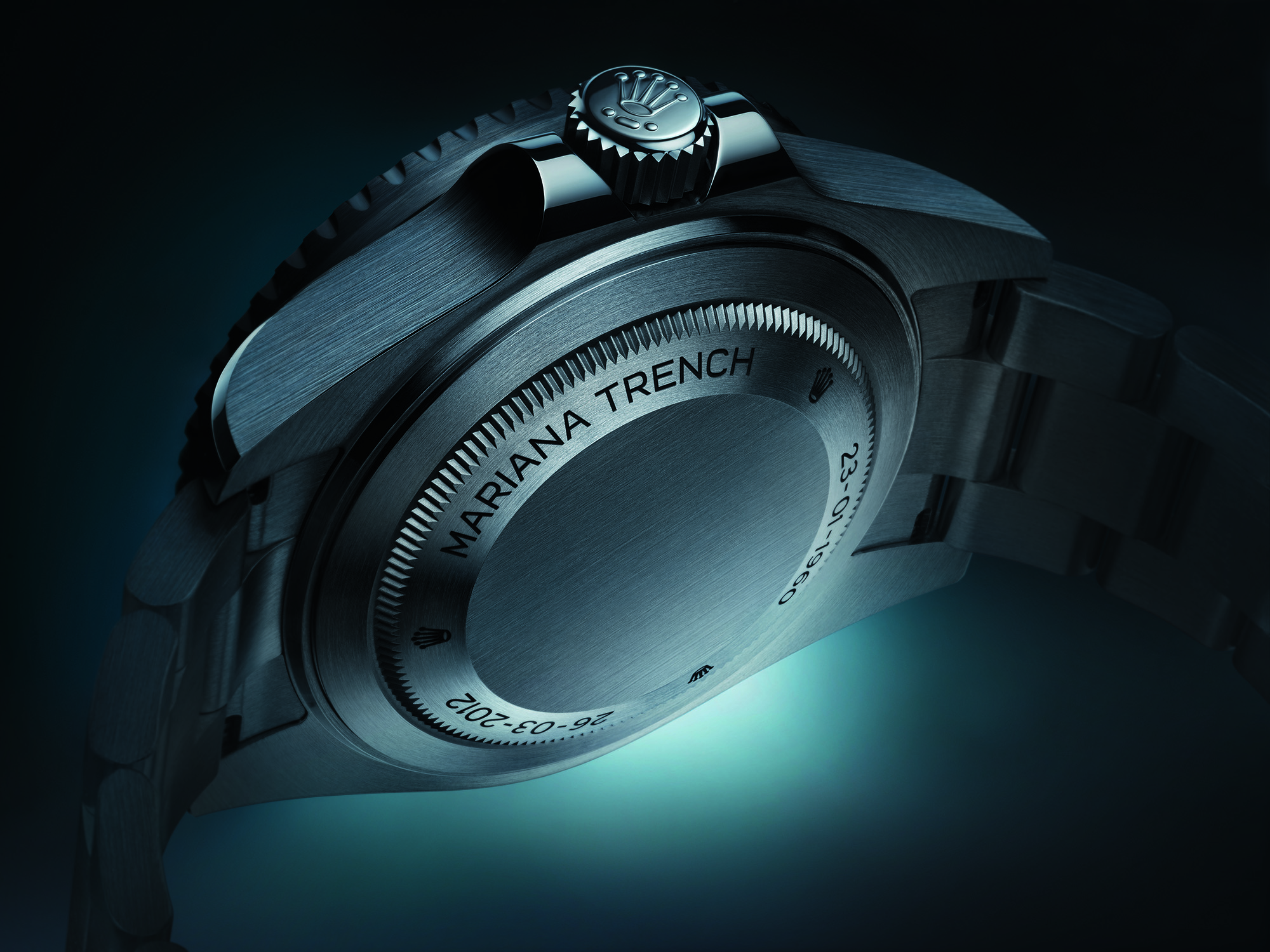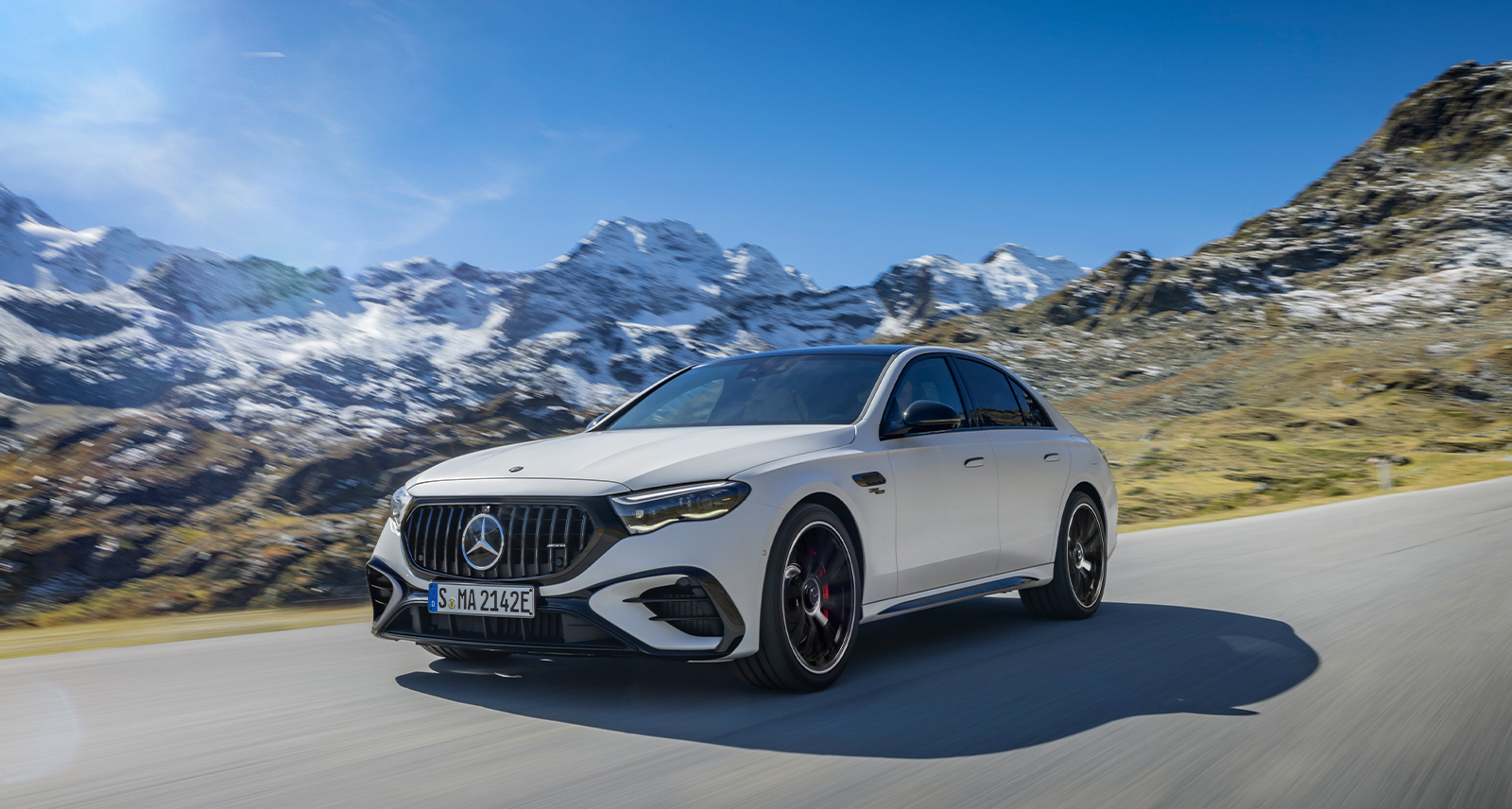What a 50mm Titanium Rolex Deepsea Really Means
There’s been big talk surrounding the latest launch from Rolex, and for good reason. What was once a purely technical exercise is now a material offering. Something once regarded as the biggest Rolex flex — let’s drag a watch to the bottom of the Mariana Trench to show the world it can survive unscathed — is now landing in Rolex boutiques around the globe. This is huge for a number of reasons, and to only speak of its dramatic case dimensions would be a disservice to all involved.
Before anyone gets all up in arms over this release, take a deep breath. The days of large, oversized watches is long gone, and this is not a move towards bringing that movement back. This is also not a case of Rolex being late to the punch on an old trend — Rolex marches to the beat of its own drum, and will continue to do so until the end of time. What this is, is still a technical showcase; this watch was designed to show the world that not only could the brand build a watch capable of withstanding the pressures found 11,000 metres below sea level, but it could do so at a (relatively limited) mass production scale.
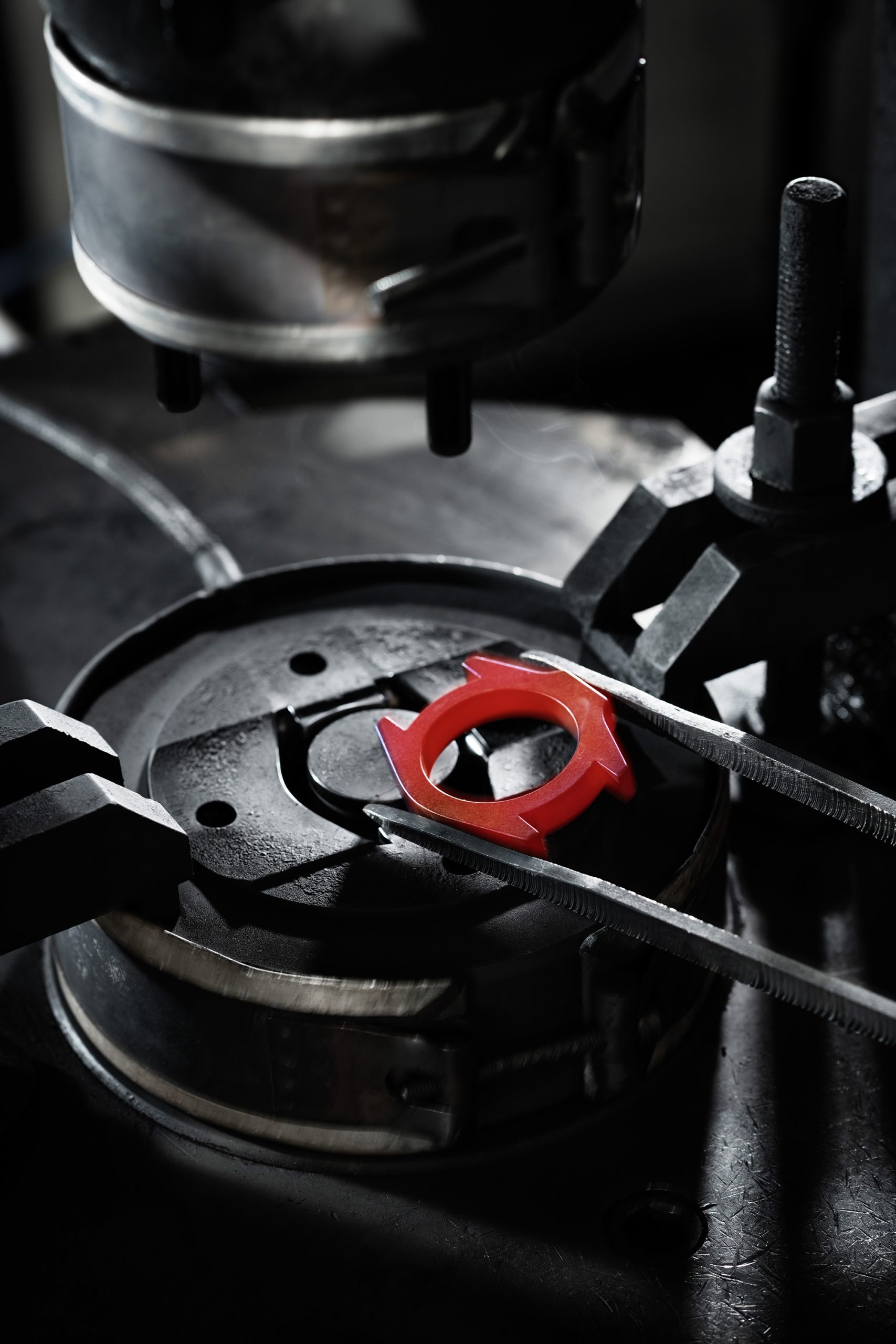
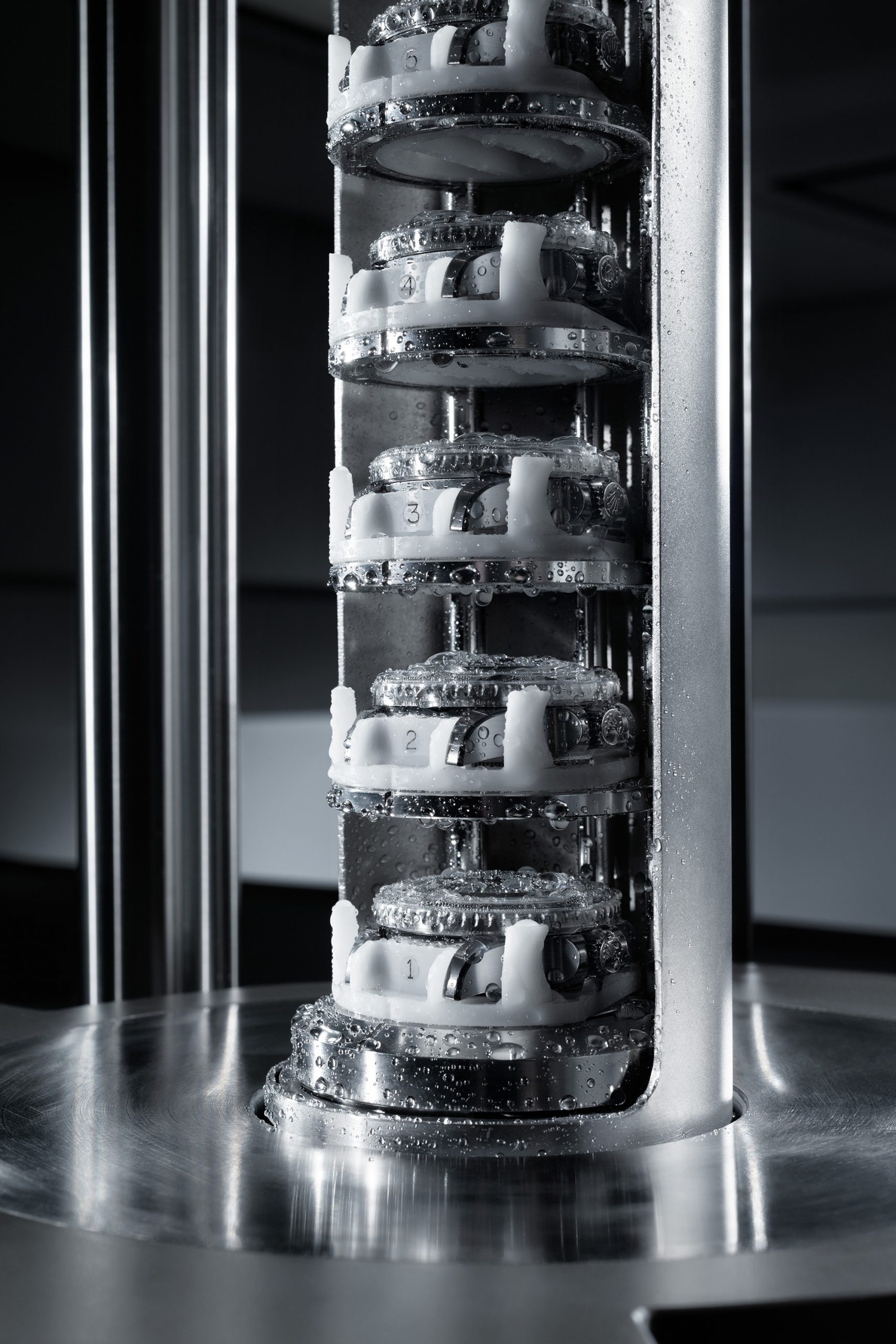
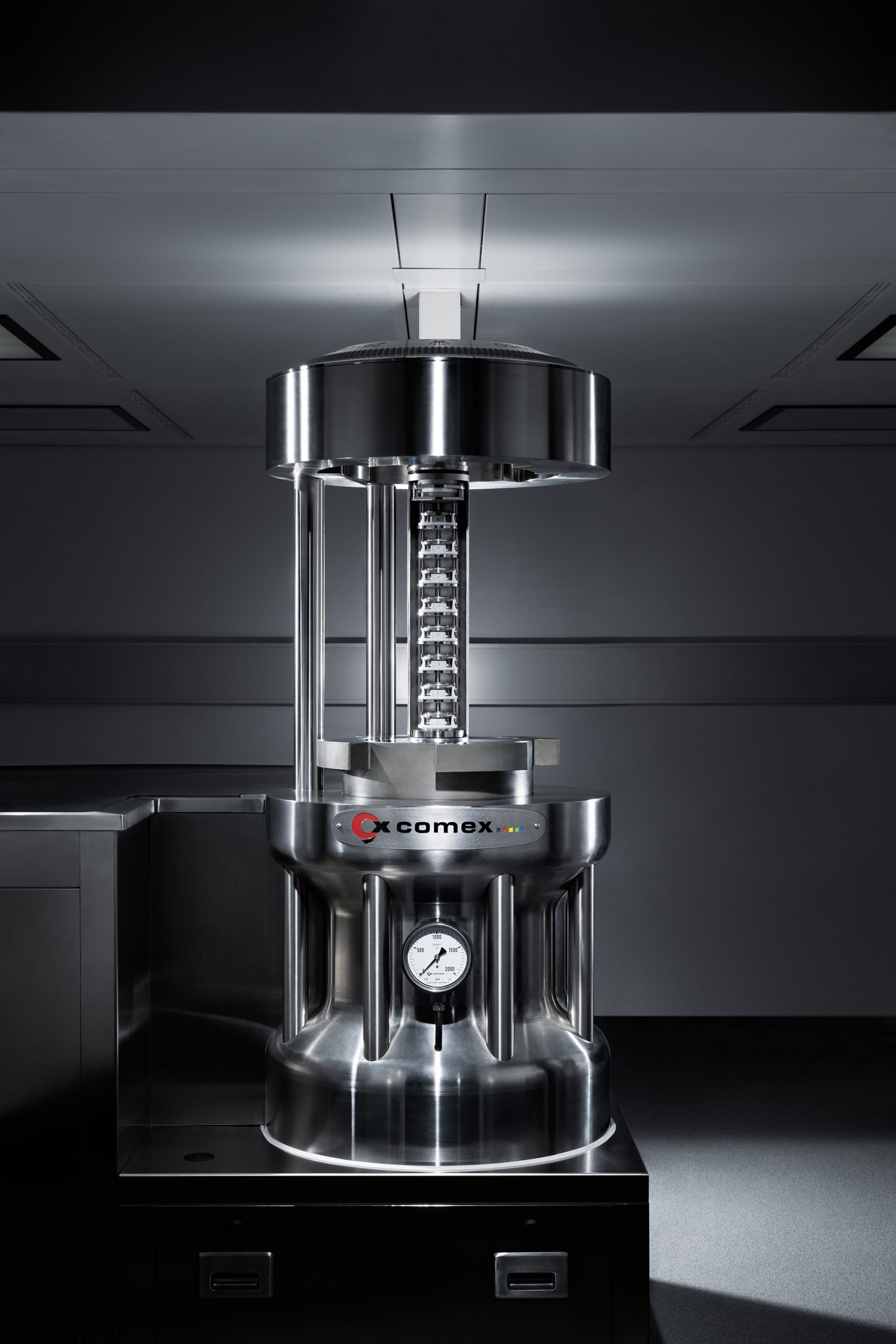
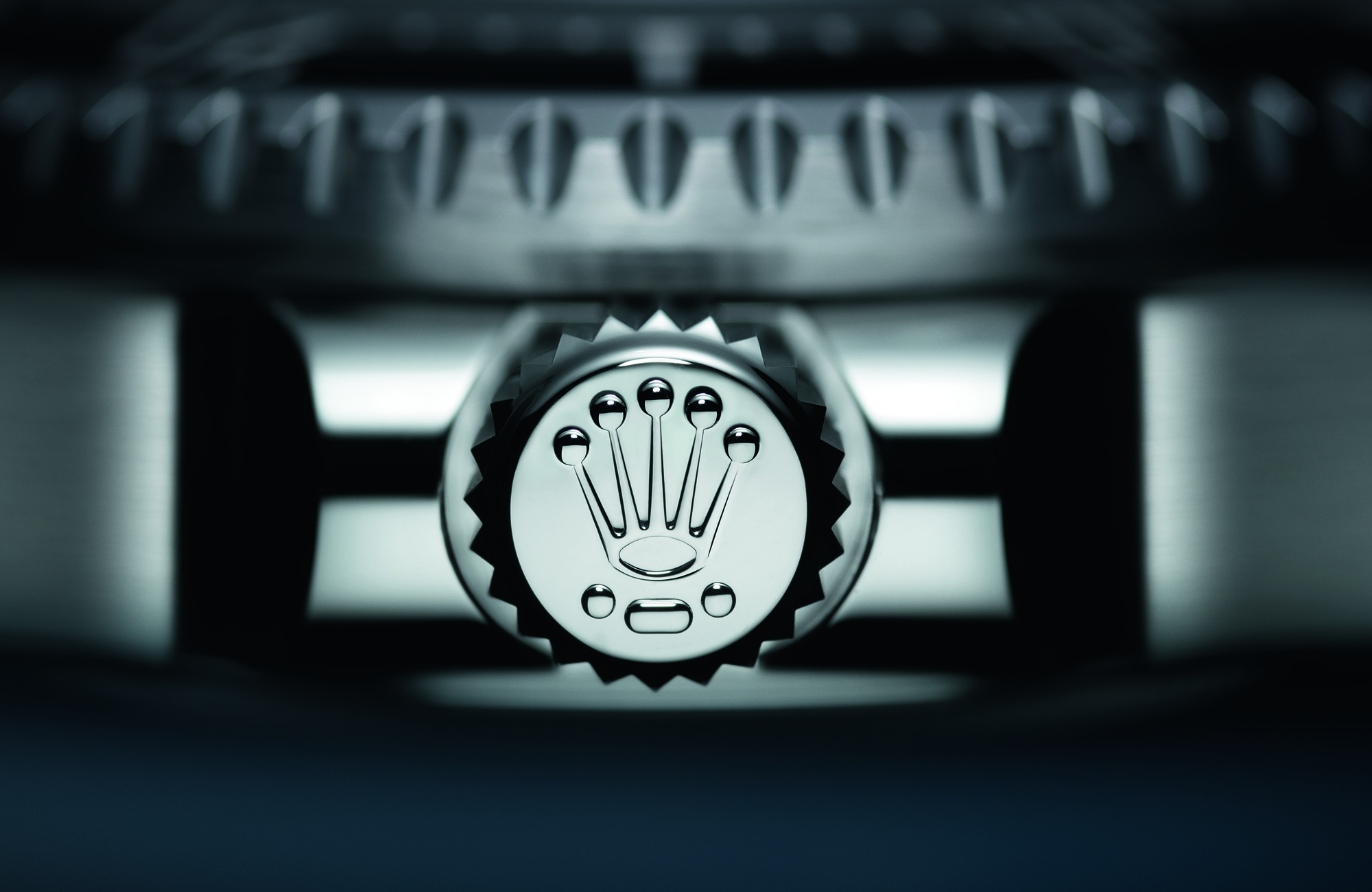
Consider this similar to an automotive brand building a one-off race car that demolishes the lap time of the famed Nürburgring race track, versus a brand building a road-legal production car capable of the same feat. Case in point, the new Mercedes-AMG One that slaughtered the aforementioned record last week. It’s one thing to be able to accomplish something like this with a tool built by an R&D department with unlimited assets. It’s another entirely to accomplish the same task with a sellable (and profitable) product.
So What Was The Point, Anyway?
The value behind this exercise by Rolex is really two-fold when you look beyond the product itself. Yes, this reference will wind up on the few wrists of rather large gentlemen with the size to pull it off, but that’s not the point. What’s far more relevant to the future of Rolex — and specifically its tool watches — is the first ever use of a titanium case and bracelet. There’s been talk for ages about whether or not the brand would ever turn to the lightweight metal, and the Deepsea Challenge is finally the first instance we’ve been waiting for.
Of course, Rolex has developed its own titanium alloy known as RLX titanium. At time of publishing we are unclear as to how it compares to the typical grade 5 or grade 2 titanium seen elsewhere in the watch market, but no matter the composition its lightweight and durable nature are what matters. Given how niche this specific reference is, it’s incredibly unlikely that Rolex would develop a new alloy just for this one application, so the million dollar question now is where (and how quickly) we start seeing RLX titanium cases used for other existing product lines. A titanium Rolex Submariner? Yes, please.
Aside from the materials choice, the arrival of this 50mm monster also marks a directional change from Rolex. We’re talking about a brand that’s heavily anchored in legacy and tradition. A brand whose ethos has long been one of staying true to lineage, so to speak. This Deepsea Challenge, alongside the recent left-handed GMT-Master II are both clear indicators that Rolex is more open to stepping outside the box than they’ve been in the past. While we’re not expecting to usher in an era of broad sweeping collection changes come 2023, we certainly believe to see them pushing more boundaries than they have in previous years.
Learn more about the Rolex Deepsea Challenge here.
